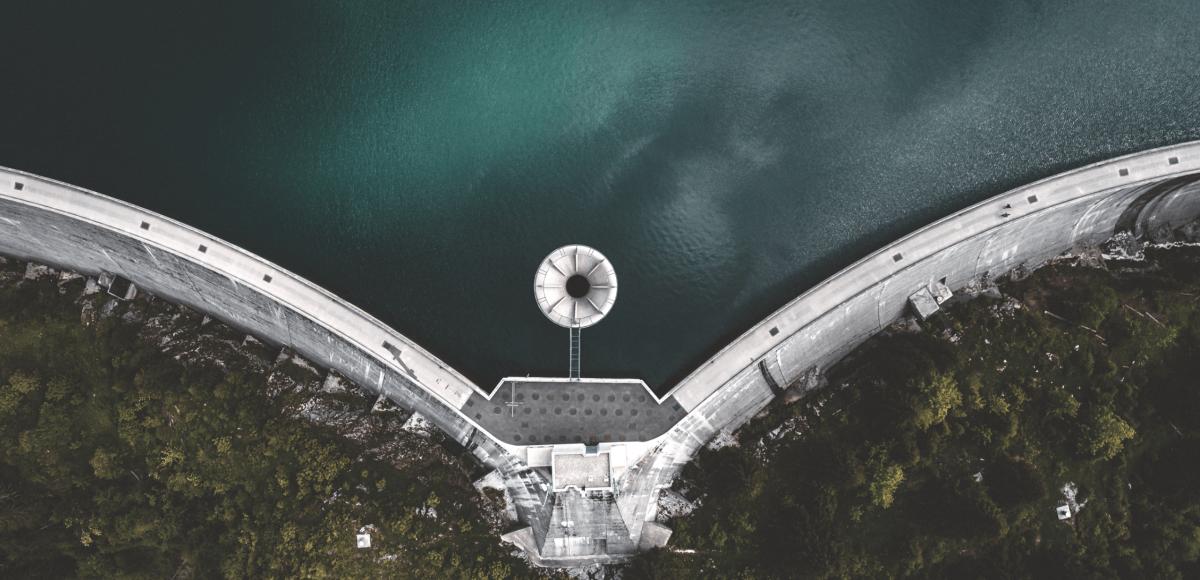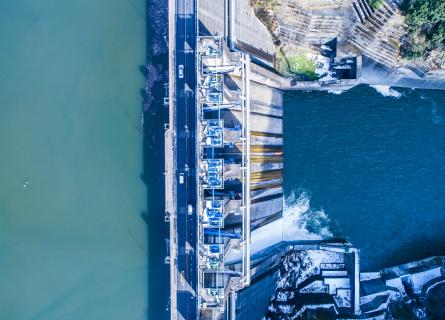
With hydropower, we can create a renewable and resilient energy system
This article originally appeared on hydropower.org and has been republished here with permission.
The transition towards renewables has gained new urgency due to heightened energy insecurity. The solution to both lies in an ‘all of the above approach to clean energy development, writes Erik Solheim, former United Nations diplomat and Norwegian Minister of Environment and International Development.
Climate change is not something that just awaits us in some distant dystopian future. It is here now, and we are already seeing its consequences play out around the world – causing devastation to communities and livelihoods, and placing a great strain on our infrastructures and resources.
At the same time, tragic events in Europe are demonstrating how engrained our dependence is on carbon-based sources of energy. Filling the hole left by coal and other fossil fuels – and achieving energy security – will mean embracing the full spectrum of green technologies we have at our disposal.
Wind and solar are set to play a crucial role in the shift to renewables, but they do not provide the answers to all our problems. These variable renewables need a reliable and flexible backup that can fill the gap when the wind doesn’t blow and the sun doesn’t shine. Without this, the energy transition is in danger of stalling just at the moment it should be accelerating.
As a proven green technology, hydropower can provide flexible storage to support the accelerated growth of wind and solar at the huge scale needed to deliver on our net zero ambitions. By storing wind and solar energy in hydropower’s water batteries, to be released on demand, we can bring balance to our energy systems and put an end to our reliance on fossil fuels.
Hydropower is affordable thanks to its low operating costs. It can generate electricity 365 days a year, and it can be ramped up at short notice to keep the lights on whenever we need it.
So, it's time to stop playing favorites and take all of the above approaches to clean energy policy-making. There's a reason that China has significantly increased investments in pumped storage and hydropower to support the growth of wind, solar and hydrogen. Other countries need to follow suit before it's too late.
We already have the technology required to achieve net zero. All we now need is the will to enact the policies and green investments that will set us on the pathway.
No one’s asking for the renewables sector to be given a blank cheque. All energy projects should be low impact and responsibly managed in terms of their environmental, social and governance (ESG) performance.
As the oldest and largest of the renewables there have been a fair few mistakes in the hydropower sector going back decades. That’s why hydropower is the first and only renewable technology to have a global standard for certifying the sustainability of individual projects. The Hydropower Sustainability Standard was developed by a multistakeholder council and is aligned with World Bank and IFC standards. Going forward, the only acceptable hydropower is sustainable hydropower.
Investing in sustainable hydropower alongside wind and solar will be a win-win for our economies. By taking this approach, we can create jobs and stimulate the green economy, while also supporting the growth of other new green industries like electric vehicles and hydrogen.
Hydropower facilities also provide the means to manage our water resources responsibly while protecting our communities against floods and droughts.
As the world’s largest producer of renewable energy, hydropower employs more than 2 million people around the world. Its contribution to emission reductions is already huge, avoiding up to four billion tonnes of additional greenhouse gas emissions in comparison to coal. And with significant potential for new sites around the world, coupled with the knowledge to develop water resources sustainably, hydropower can play an integral role in enabling net zero.
Protecting against climate disasters and ensuring energy security does not have to be costly. Building balanced, reliable energy systems will be prosperous for our communities in the long term. Yes, it requires big investments upfront, but this is nothing compared to the price we will pay later if we delay.
With sustainable hydropower, we can make net zero goals a reality. We can create a renewable and resilient energy system. But we need to act now, or the words of leaders at United Nations climate conferences will remain just that – words. There is too much at stake to waste any more time.

